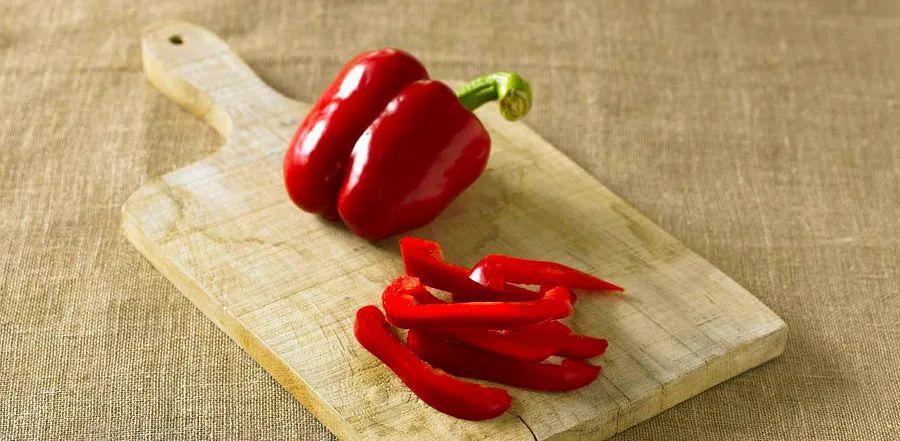How to Keep Bell Peppers Fresh for an Extended Period

Bell peppers are cherished for their mild, sweet flavor, making them a staple in dishes worldwide. They're so essential in Cajun and Creole cooking that they're part of the "holy trinity," a blend of onions, celery, and bell peppers used like the French mirepoix (a diced combination of onion, celery, and carrots that forms the base of many recipes).
In Spanish cuisine, they're also a key ingredient in sofrito, a flavorful mix of garlic, onion, peppers, and occasionally tomato or carrot, forming the foundation for much of their culinary tradition.
Whether you're a planner who shops ahead or someone who picked up too many peppers by mistake, knowing how to store them properly can help you keep them fresh for as long as possible.
What is the Shelf Life of Peppers?
Refrigerator: 14 days (whole), 7 days (sliced)
Room temperature (countertop): 5 days
Freezer: 6 months to 1 year

Should You Store Peppers in the Fridge or on the Counter?
Bell peppers are unique among peppers, as they lack capsaicin, the compound responsible for heat. This makes them versatile, perfect for both raw and cooked dishes, and adaptable to a wide range of culinary uses.
But where is the best place to store them? Farm-fresh peppers can happily sit at room temperature without spoiling, while store-bought peppers are typically kept in cold storage. Whether to refrigerate or leave them on the counter depends on when you plan to use them and whether they’re still fresh or leftover.
Methods for Storing Peppers in the Refrigerator
One of the most popular ways to store whole peppers in the fridge is by placing them in the crisper drawer. For best results, wash the peppers thoroughly and ensure they're completely dry. Then, place them in a mesh or plastic produce bag, leaving it open for airflow. Store the bag in the low humidity drawer (often labeled as the "fruit" drawer). When fresh and free of blemishes, peppers can last up to two weeks in the fridge.
For sliced peppers, an airtight container or freezer bag with a paper towel to absorb excess moisture works best. Keeping them in a dry environment is key to preventing mold growth, as peppers contain a lot of water. If sliced peppers are left in their own moisture, they will quickly become slimy. This method can keep them fresh for up to 7 days, though it's best to use them sooner.
Cooked peppers should be placed in an airtight container and stored in the fridge, where they will stay good for 3-4 days.
Storing Peppers on the Counter
If you're planning to use your freshly purchased, firm peppers within a few days, storing them on the counter is perfectly fine. The key is to pick a cool, dry spot and let them rest in an open produce bag. With this method, peppers can last up to 5 days before showing any signs of spoilage.

Discover the recipe: Stuffed Pepper Soup
Tips for Freezing Peppers
Despite their high moisture content, peppers freeze quite well. Simply clean and chop or slice them, arrange the pieces in a single layer on a parchment-lined baking sheet, and place them in the freezer. Once frozen solid, transfer them to a zip-top bag, removing as much air as possible for optimal storage.
You can freeze peppers whole, but it's better to prepare them first. Start by removing the stem and top, taking out the seeds and inner membrane, and then reattaching the tops. Wrap the peppers tightly in plastic wrap and place them in zip-top bags. Don't forget to label the bags for easy identification.
How to Recognize Spoiled Peppers
Fresh peppers are firm, smooth, shiny, and heavy for their size. The first signs of spoilage are wrinkles, followed by softness, dark spots or holes, and mold. Red, orange, and yellow bell peppers spoil faster than green peppers because they're riper and sweeter. Interestingly, many green peppers, like Permagreen, are actually a specific variety, while most green peppers are just unripe versions of their red, orange, and yellow counterparts, which is why they last longer.
Wrinkles indicate that a pepper has started to lose moisture. While still safe to eat, they may not be as crisp. It's best to use these slightly wrinkled peppers in cooked dishes rather than eating them raw, as they won’t have the same fresh crunch.

1

2

3

4

5
Evaluation :
5/5